SUMMARY
This is AI generated summarization, which may have errors. For context, always refer to the full article.
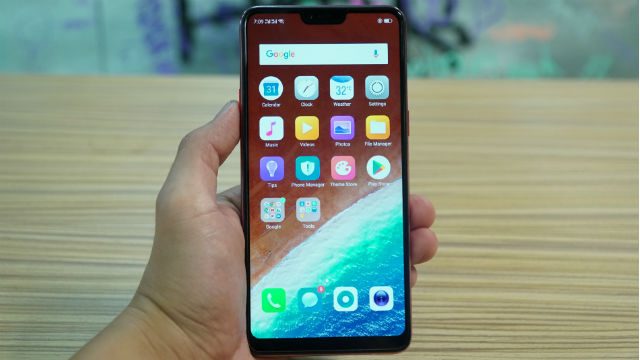
MANILA, Philippines – One look at the April-released OPPO F7, and you know it’s a 2018 phone because of one feature: the notch. The Chinese phone is among the many Android devices that have gone on to ape a feature that the Apple iPhone X popularized – although it was the Essential Phone, an Android phone, was the first to have it.
People are polarized about the notch, although more people seem to hate it than the other way around, especially among Android users. I think the notch is neat. It’s fresh and cool, and both necessary and impractical at the same time. Necessary because it houses a few sensors and the front camera, and impractical because not a lot of Android apps have adjusted to it, and may annoyingly obscure the view from time to time.
For example: Instagram Stories. There are times when you’d wish the notch away while viewing Stories as the notch hides some visual information. The notch may be a little bit annoying too when watching Netflix or YouTube videos in landscape mode. Chrome appears to have adjusted to it by blackening the entire top portion to make it appear like a traditional smarttphone screen.
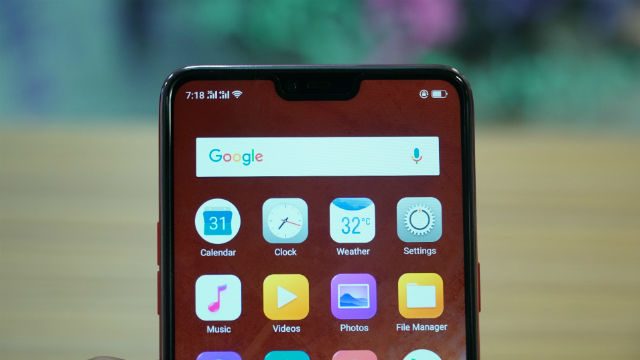
I’m quick to forgive the OPPO F7’s notch though when I look at it. The notch-packing, near-borderless, full HD, 19:9 screen looks good, the centerpiece of the F7’s design. No real qualms here; I think it looks cool. If you’ve wanted an iPhone X because of the notch, but don’t have the budget for one, the F7 – and most likely, the Vivo V9, the ASUS Zenfone 5, and the Huawei P20 – will do it for you.
OPPO, just as most other Android phones from China have, has long had a tradition of mimicking the iPhone including key software features like the Control Center and the Assistive Touch. The former has been ditched in the F7 but the Assistive Touch, called here as the Assistive Ball, makes an appearance. The ball can act like a home button or be used to summon the apps you have running.
I do wish, however, that the phone had a metal build. This one is plastic all over – frame and back. To be fair, it has a glass-like coating on the back, and a glossy metallic frame, which makes it look premium from afar. It’s enough to do the job. But it’s when you hold it in your hand that you uncover its trick.
The OPPO A83, cheaper by at least P8,000, has an aluminum body, and feels premium. ASUS’ new ZenFone 5, slightly more expensive at P19,995 and also sporting a notch, feels slightly more premium.
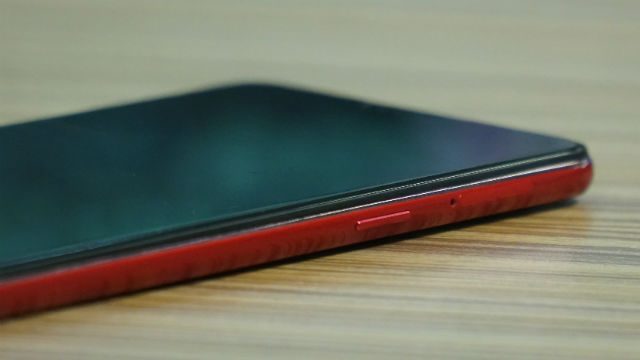
The red-colored unit (“Solar Red,” officially), one of the two colors available in the Philippines – a cool patterned silver being the other one – is blinding but it kind of grows on you. It looks too much at first, screaming for attention.
But, for me at least, after a few days with the phone, I began to appreciate it; it stands out, saving you from the usual choices. It’s luscious. The included jelly case also may have helped as it subdued the shine just a little bit as opposed to the phone being completely bare. The default red UI theme though that’s default with the red unit was a bit too much for my eyes, and I changed it to a much more calmer blue theme with a wallpaper showing the earth.
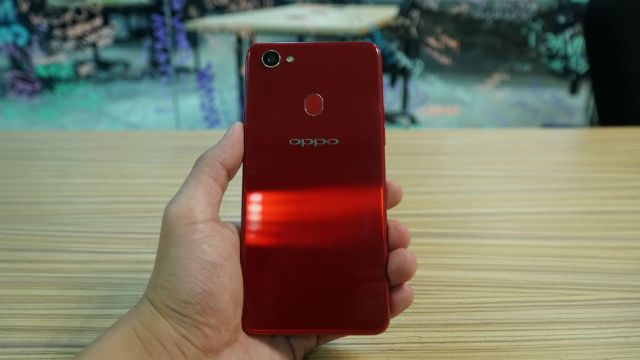
The specs are solid, and feels a little more than par-for-the-course, for the P17,990 price, headlined by a 4GB of RAM, and a MediaTek Helio P60 chip. The chip is MediaTek’s latest, announced just last March at Mobile World Congress, making the F7 one of the first phones to have the new chip. The chip powers the phone’s company-claimed performance improvement of 80% over its predecessor, the F5.
The chip has AI processing like many modern chips are going for now. In the F7’s case, the AI is used for photography, enhanced scene detection and for selfies. With AI Beauty Technology 2.0, the phone sort of maps out and analyzes your face for more natural-looking beautification as opposed to the standard way. The phone gives you the option to use AI beautification or standard beautification or none at all.
The F7 lives up to OPPO’s claim as a selfie expert. The phone’s 25-megapixel f/2.0 front camera – among, if not the highest resolution for a front cam today – is incredible, with impressive dynamic range, high levels of detail captured, and is processed just right – good saturation, contrast, and colors. There’s only a very slight hint of background blur too, if you’re curious about that. Also, it’s 25 megapixels so if you want your face printed on a billboard…
The rear camera is pretty standard fare: a 16-megapixel f/1.8 camera, the same one found in last year’s F5. It’s a single-camera setup too, unusual, given with the current obsession of phone makers to slap as many cameras on a phone nowadays. The camera works. Good, nothing fancy, not lagging, not leading-edge, but also not as easy to brag about unlike its camera on the front.
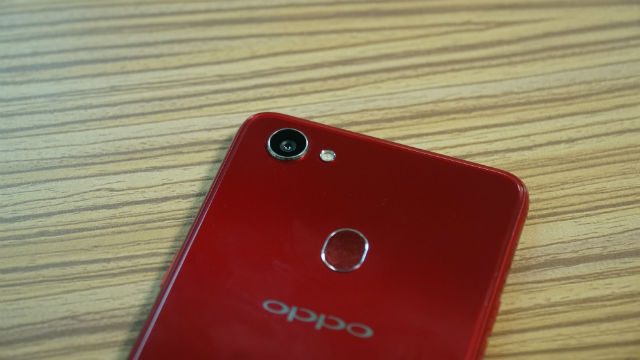
The phone also comes with the current latest Android version, 8.1, skinned with OPPO’s latest ColorOS – which is neat, and fairly non-intrusive. It’s the minimum you can ask for an Android skin. On the back, is a fingerprint sensor, complemented by face unlock technology.
Off the top of my head, a wishlist: a USB-C connection, and fast-charging tech. USB-C had been featured in a midrange phone such as the ASUS Zenfone 3 in 2016, which originally went for P18,995. We’re guessing OPPO had to cut some features to keep it at this tier, and USB-C was put on the chopping block.
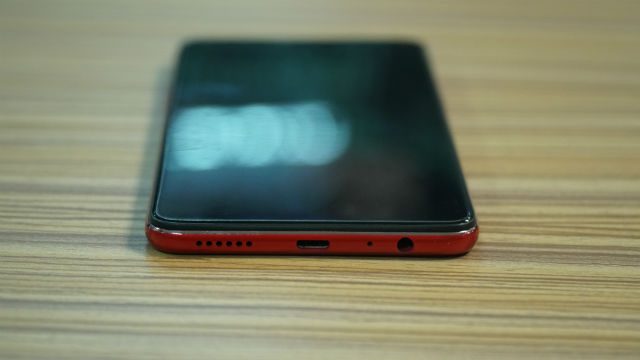
As for fast-charging, an extremely practical technology which spoils you once you’ve experienced it, is really something we wish to see more of in this price range. Thankfully, however, the battery is quite long-lasting – not just because it’s 3,400 mAh but likely because of the Helio P60 chip, which touted its energy efficiency along with its AI capabilities.
The OPPO F7 is as solid a package as you can get in this tier – has a modern, apparently in-demand design, MediaTek’s flagship chip, a 25-megapixel selfie camera, 64GB of storage, and 4GB of RAM, and a very competitive price. It’s just great what kind of phone you can get in this price range nowadays. – Rappler.com
(Full disclosure: OPPO lent a review unit for the purposes of this article.)
Add a comment
How does this make you feel?
There are no comments yet. Add your comment to start the conversation.